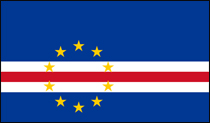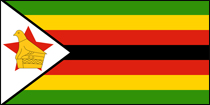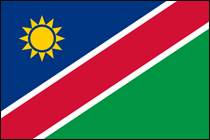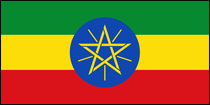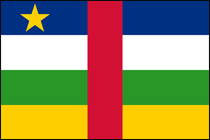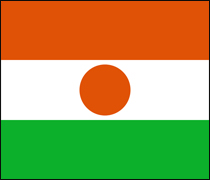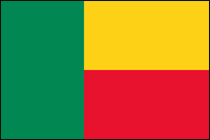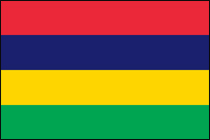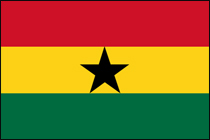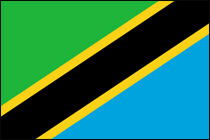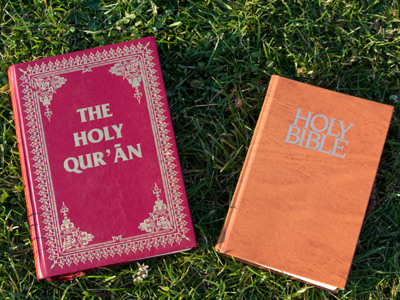
African Flags 6
The continent of Africa has many different religions. The main two are Christianity, which is dominant in the south, and Islam, which is more prevalent in the north. In addition to these, Africa is also home to many members of the Baha'i faith, a good portion of Hindus, and of course the millions who follow the dozens of traditional African religions.
There are estimated to be more than 100 million Africans who adhere to the traditional religions of Africa; and countless sets of beliefs. Dozens of differing mythologies originated in Africa such as the world famous ancient Egyptian mythology centred around the gods Isis and Horus.
Some African beliefs have transferred to the west, mostly via the slave trade. Voodoo, well known in the Caribbean, has its origins in Vodun, the traditional beliefs of coastal West Africa, from where most slaves were taken.
The bird on the Zimbabwean flag represents a statuette found in the ruined city of Great Zimbabwe, which dates to around 1400 AD. On the flag the bird is symbolic of the nation's history
One thing makes the flag of Nigeria unusual; it has the ratio of 6:7 but is often displayed in other shapes such as 3:5 or 2:3 - even by its own government!
The body of water on which it lies is the Bight of Benin, an inlet of the Atlantic Ocean
Ready for more?
not all...
quizzers. Try to win a coveted spot on our Hall of Fame Page.





